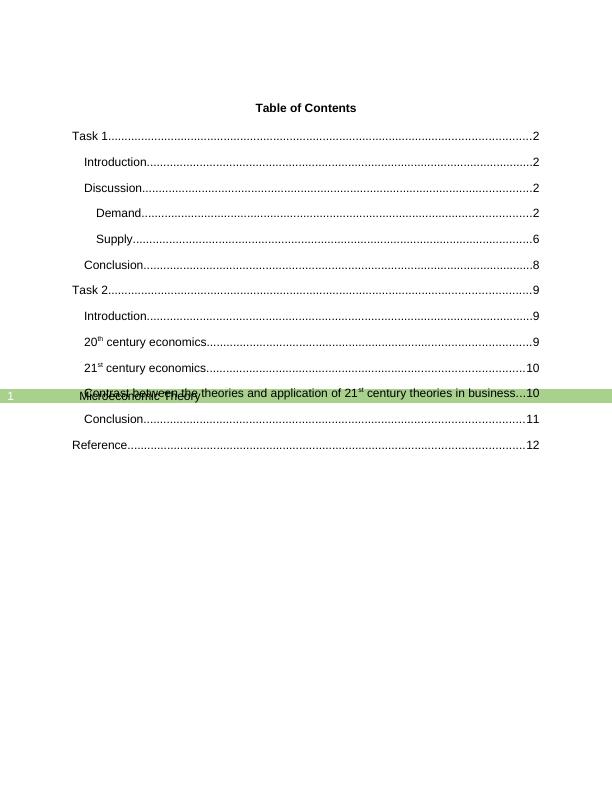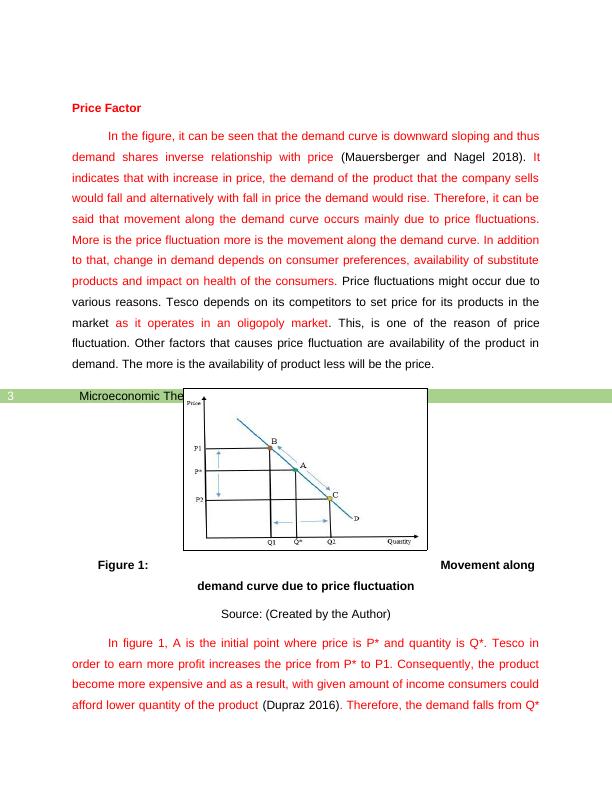The Marginal Revenue Rule
Critically analyze microeconomics concepts in a retail business and compare emerging theories in contemporary economics with those of the 20th century.
14 Pages3730 Words15 Views
Added on 2022-08-27
The Marginal Revenue Rule
Critically analyze microeconomics concepts in a retail business and compare emerging theories in contemporary economics with those of the 20th century.
Added on 2022-08-27
ShareRelated Documents
End of preview
Want to access all the pages? Upload your documents or become a member.
Contemporary Business Economic: Analysing Law of Demand and Supply with Emerging Theories and Models
|13
|3368
|205
Industrial Marketing Management
|12
|3289
|16
Demand and Supply Analysis for Tesco: Law of Demand, Law of Supply, and Factors Affecting Them
|12
|3550
|246
BM533 Contemporary Economic Analysis
|14
|3136
|57
Contemporary Business Economics Task
|14
|3272
|26
Contemporary Economic Analysis
|15
|3065
|64




